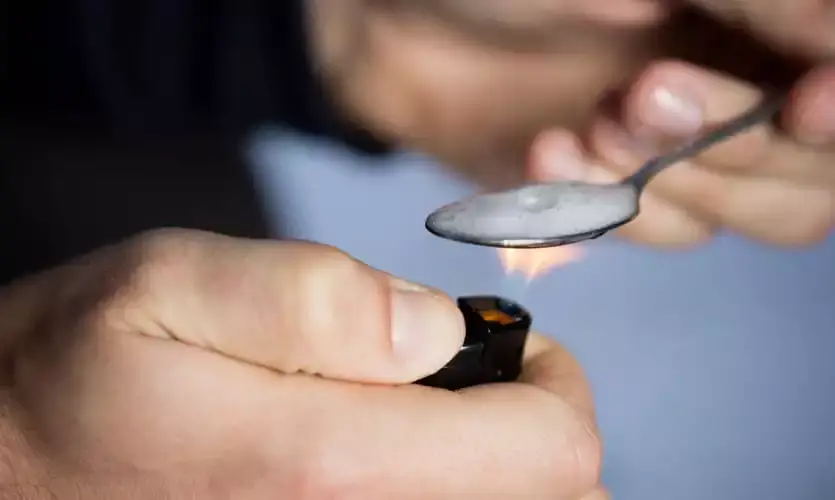
Unraveling the NYC 1980s Crack Epidemic
Legacy Healing Center Blog
The Crack Epidemic in New York: Causes, Effects, and Solutions
The crack epidemic of the 1980s and early 1990s was a devastating period in New York’s history. Crack cocaine, a potent and highly addictive form of cocaine, flooded the streets of New York City and caused widespread destruction. The epidemic had a profound impact on communities of color, particularly in low-income neighborhoods. Despite efforts to curb the crisis, the crack epidemic had a lasting impact on New York City and the people who lived through it. Our rehabilitation center in Parsippany takes a dive into the contributing factors of the crack epidemic in New York.
What Is Crack Cocaine?
Crack cocaine is a highly addictive form of cocaine that is processed into a rock form. It is typically smoked in a pipe, which allows the drug to be rapidly absorbed into the bloodstream and reach the brain quickly. The effects of crack cocaine are intense and short-lived, which contributes to its addictive nature. Crack cocaine can cause a variety of physical and psychological effects, including increased heart rate and blood pressure, paranoia, aggression, and psychosis.
When Did the Crack Epidemic Begin in New York?
The New York crack epidemic was caused by a combination of factors. One of the primary causes was the influx of cocaine into the United States in the 1970s and 1980s. The demand for cocaine increased dramatically during this time, and drug traffickers began to seek out new markets.
In addition, the crack epidemic was fueled by poverty, unemployment, and lack of economic opportunity in low-income communities. The New York City crack epidemic created a drug trade that provided an alternative source of income for many people who were struggling to make ends meet.
Effects of the Crack Epidemic in New York
The effects of the New York crack epidemic were devastating. The drug destroyed lives, families, and communities. It contributed to a rise in crime, as people turned to illegal activities to support their addiction. The epidemic also had a significant impact on public health, as crack cocaine use was associated with a range of health problems, including heart disease, respiratory problems, and mental health issues. As the crack epidemic raged on, it contributed to the spread of HIV/AIDS, as drug users often shared needles.
Solutions to the Crack Epidemic in New York
The crack epidemic in New York was eventually brought under control, but not before causing significant damage. Several factors contributed to the decline of the epidemic, including increased law enforcement efforts, a shift in drug use patterns, and the introduction of drug treatment programs. The legalization of crack cocaine for medical use may also have played a role in reducing the demand for the drug on the streets.
Today, it is important to remember the lessons of the New York crack epidemic. We must continue to invest in education, job training, and economic opportunity in low-income communities. We must also provide effective drug treatment programs that address the unique needs of individuals struggling with addiction. At Legacy Healing Center in Parsippany, NJ, we are committed to providing comprehensive addiction treatment services to those struggling with substance abuse. Our evidence-based treatments and levels of care are designed to address the underlying causes of addiction and provide the tools individuals need to achieve lasting recovery.
Legacy Healing Center Can Help Solve the New York Crack Epidemic
The crack epidemic in New York City was a dark period in the city’s history. It had a profound impact on individuals, families, and communities. Today, we have an opportunity to learn from the mistakes of the past and work toward a better future. By investing in education, economic opportunity, and effective drug treatment programs, we can help prevent the spread of addiction and support individuals on their journeys to recovery.
At Legacy Healing Center in Parsippany, we are committed to providing compassionate and effective addiction treatment services to those in need. Contact us today to learn more about our programs and how we can help you or a loved one.
Related Reading
Crack vs. Cocaine: Similarities and Differences to Consider
The Rising Dangers of Cocaine Laced With Fentanyl